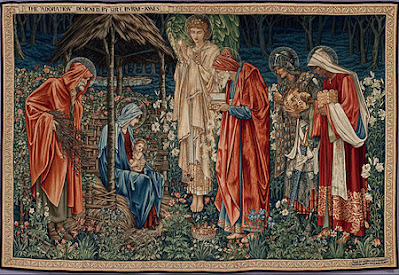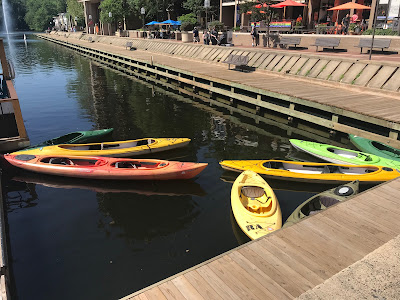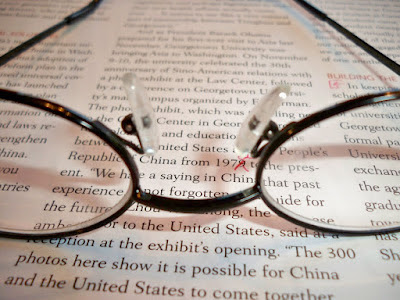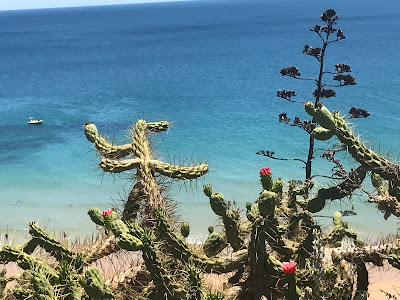Celebrating Epiphany
It’s a day in need of rescue, so that it isn’t buried at the bottom of an ornament box as we strip the tree and take it down. Or, since 2021, to separate it from the taint of the Capitol insurrection.
In western Christianity, the Epiphany celebrates the visit of the magi to the infant Jesus. It marks the presentation of Jesus to the Gentiles, the revelation of his divine identity. It has also come to mean a sudden intuition, an aha moment.
I’ve always appreciated this day, because it ends Christmas with a bang not a whimper, with a quest, a star and a sense of wonder. Despite the rich robes of the three kings, it has always reminded me that inspiration doesn’t lie in the grand occasions of life but can be folded into the lowliest of enterprises: sweeping the floor, raking the leaves, feeding the birds.
We don’t know when the aha moment will strike, only that it will — if we pay attention.
(The Adoration of the Magi, Edward Burne-Jones, courtesy Wikipedia)











